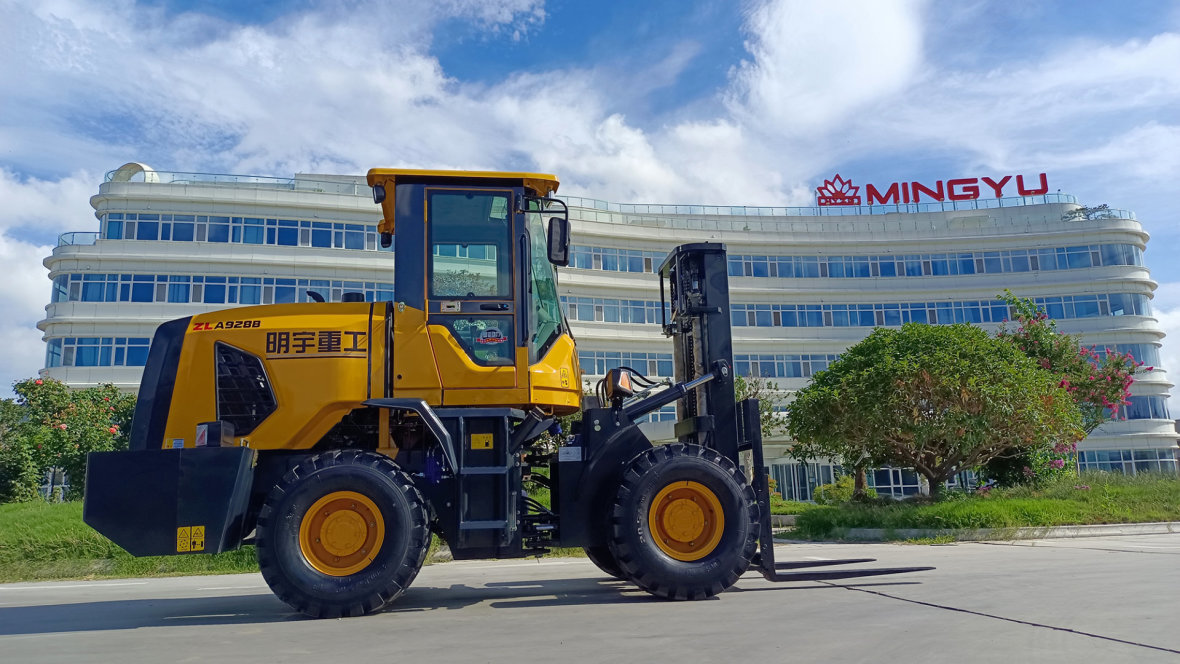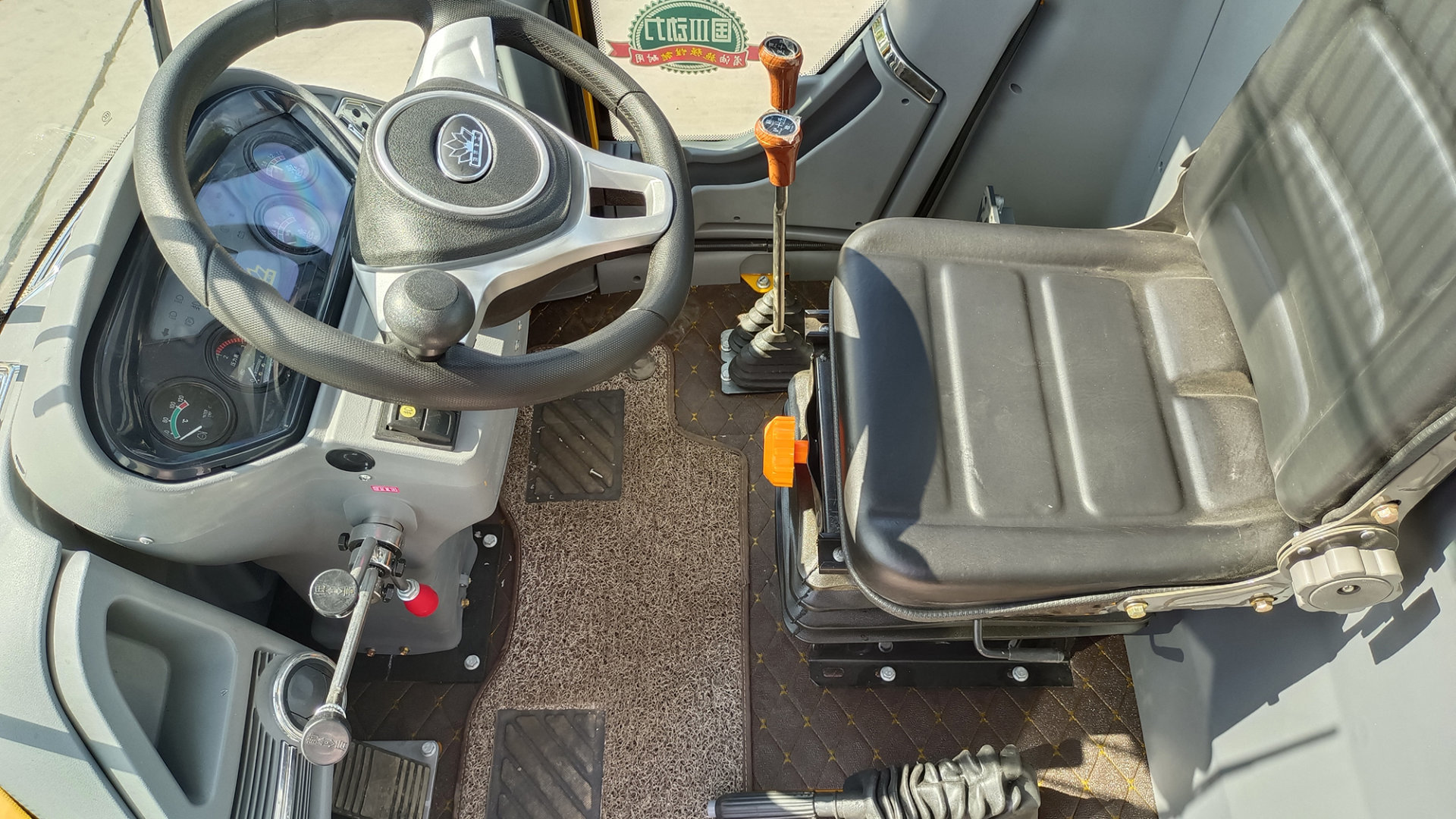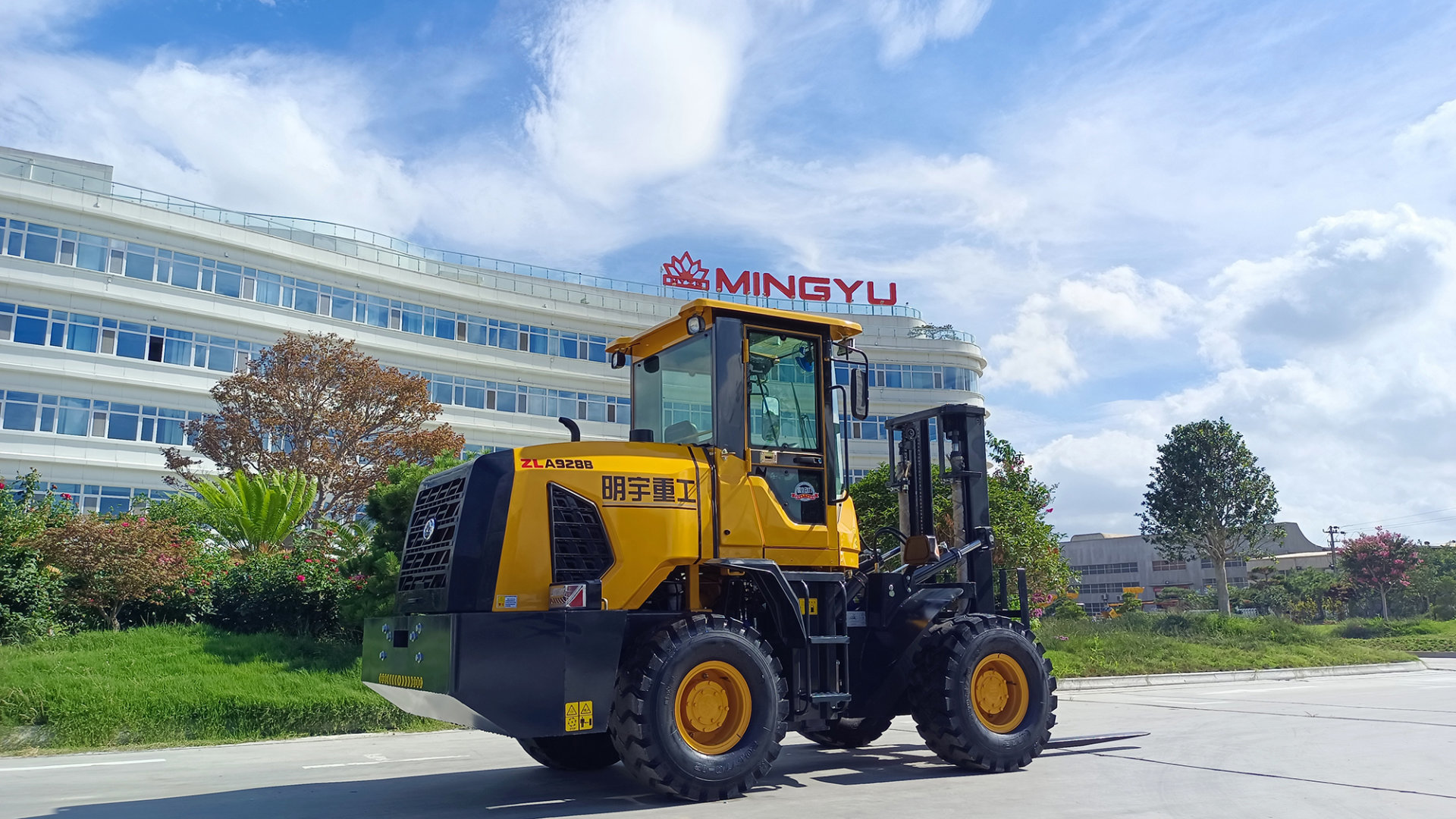How to Operate an Off-Road Forklift Safely on Uneven Terrain?
1. Introduction
Off-road forklifts are essential in industries like construction, agriculture, mining, and logging—where smooth pavement is a luxury. These powerful machines are engineered to handle harsh and rugged environments. However, operating a forklift on uneven terrain comes with significant risks, including tipping, load instability, and reduced visibility. Understanding how to operate these machines safely is crucial to protecting lives, equipment, and property.
This guide will walk you through key safety practices, terrain assessments, driving techniques, and emergency procedures to help you navigate rough ground with confidence and responsibility.
2. Understanding Off-Road Forklifts
Off-road forklifts differ from warehouse forklifts in several key ways. They feature heavy-duty tires, higher ground clearance, and four-wheel-drive systems designed to handle rocks, mud, slopes, and uneven surfaces. They're commonly used in job sites with minimal infrastructure.
Knowing your equipment's capabilities helps you avoid pushing it beyond its limits. A good operator always understands the balance between machine strength and terrain complexity.
3. Pre-Operation Inspection Checklist
A safety inspection before each use prevents accidents. Check:
Tire pressure and condition
Engine oil, hydraulic fluid, and coolant levels
Brake functionality
Lights, horn, and alarms
Mast and forks for cracks or damage
Seatbelt and safety gear
Never operate a forklift with a known defect. Report issues immediately and follow repair procedures.
4. Evaluating the Terrain
Uneven terrain includes mud, gravel, ditches, and inclines. Walk the area if needed and:
Mark unsafe zones with cones or flags
Ensure the ground can support your machine
Identify drainage problems or soft spots
Plan the safest route before moving a load
5. Load Handling on Uneven Ground
Handling loads on rough terrain requires precision:
Keep the load low to the ground
Center the weight and secure it
Drive slowly and turn gradually
Avoid side slopes—go straight up or down
Use spotters when visibility is limited
6. Safe Driving Techniques
Operating safely means controlling speed and direction:
Always wear a seatbelt
Maintain low, steady speed
Use 4WD and differential lock if available
Avoid sudden stops and jerks
Don’t carry passengers
7. Operator Training and Certification
Only certified operators should handle off-road forklifts. Training should include:
OSHA compliance
Vehicle controls and functions
Emergency response
Terrain navigation techniques
Hands-on driving practice
8. Emergency Protocols
Be prepared for incidents:
Install and inspect fire extinguishers
Have radios or alert systems
Know rollover escape procedures
Maintain first aid kits
Design a site-specific emergency plan
9. Maintenance and Safety Upkeep
Ongoing maintenance ensures reliability:
Schedule routine checks
Document inspections
Clean filters and tighten bolts
Rplace worn tires and hoses
Never ignore warning signs
10. Common Mistakes to Avoid
Avoid these dangerous habits:
Overloading the forklift
Driving too fast
Ignoring terrain conditions
Skipping inspections
Forgetting personal protective equipment (PPE)
11. Conclusion
Operating an off-road forklift on uneven ground demands skill, preparation, and discipline. By conducting inspections, analyzing terrain, practicing safe driving, and responding effectively to emergencies, you can prevent accidents and extend equipment life. Safety is not optional—it’s the foundation of every successful job.
Post time:Jun.20.2025



